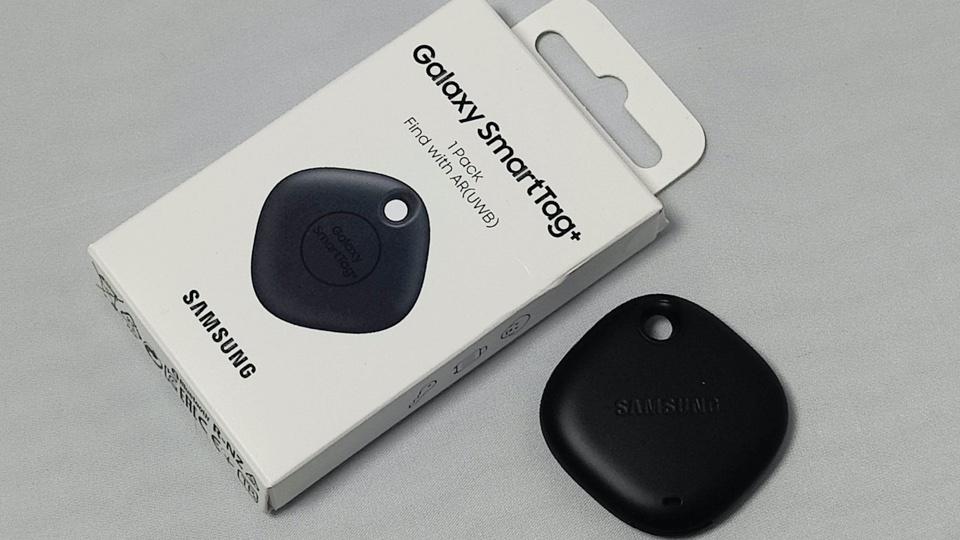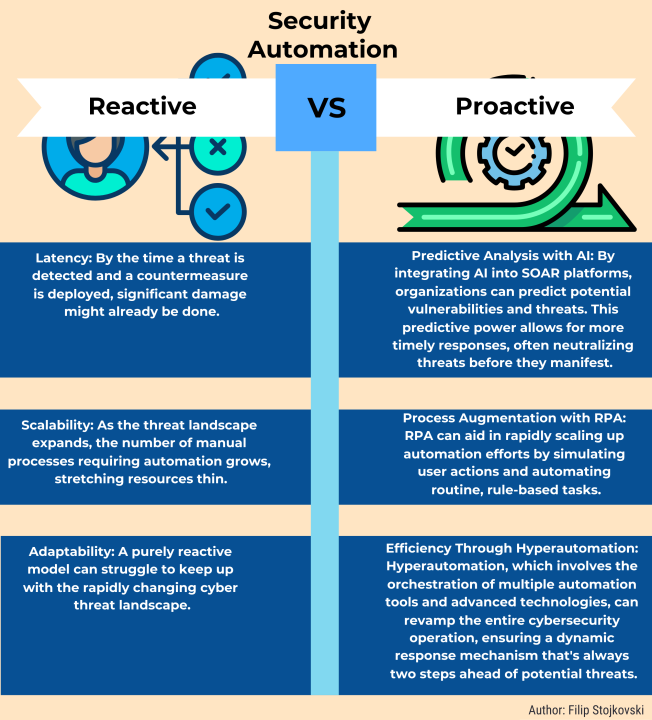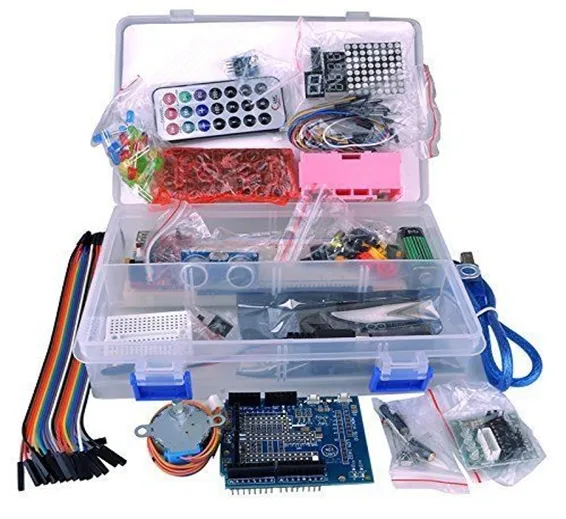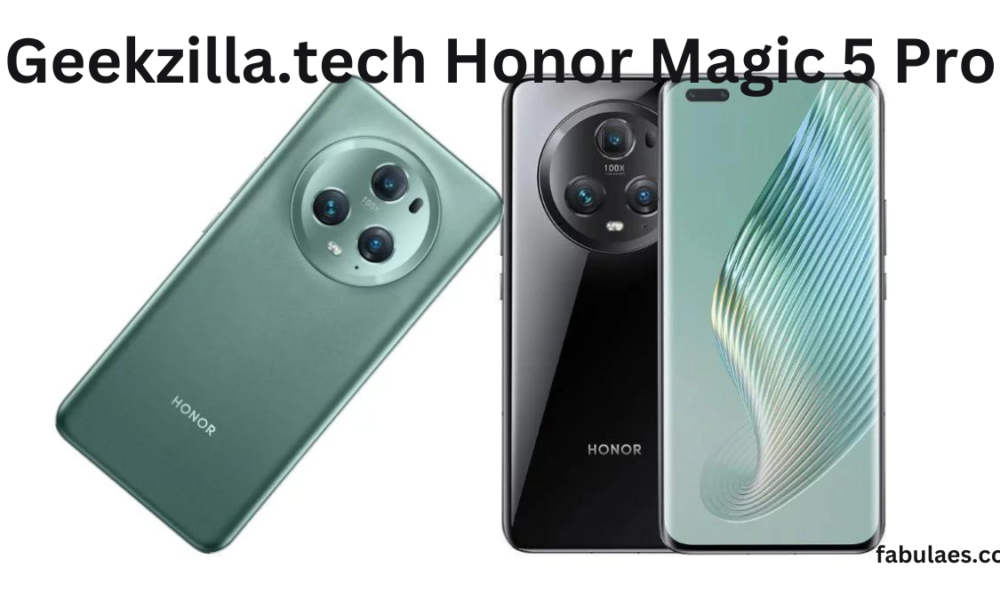Samsung’s SmartThings platform, a home automation ecosystem that is also expanding its vision to the vehicle and beyond, is built on top of Samsung’s SmartTags.
Samsung is already distributing its remote location device, the Galaxy SmartTag, while the Apple world breathlessly awaits a “AirTags” announcement. It’s a little $30 square-shaped device that fits on your keyring, can be tucked into a bag or backpack, and allows you to use an app to follow the whereabouts of those priceless items.
The position tracking devices known as SmartTags are best understood in the context of the SmartThings ecosystem, according to Samsung VP and head of its SmartThings team Jaeyeon Jung, who recently spoke with me. SmartTags are built on Samsung’s SmartThings home automation platform. That’s also a smart way to comprehend how SmartTags and Apple’s allegedly upcoming AirTags vary from one another.
WHAT ROLE SMARTTAGS PLAY
The SmartThings Find feature, which Samsung unveiled in October 2020, is naturally evolving into the Galaxy SmartTag and Galaxy SmartTag Plus. This function makes use of ultra-wideband (UWB) and Bluetooth Low Energy (BLE) technology to assist users in finding specific Galaxy smartphones, tablets, smartwatches, and earbuds.
SmartThings Find, which functions similarly to Apple’s Find My network by assisting in the location of misplaced gadgets, is supported by an opt-in network of Galaxy devices. A device emits a BLE signal that can be picked up by other Samsung devices after 30 minutes of inactivity. A Samsung server receives the location information from a device that detects the signal and tells the owner of the missing device. The location of the device is kept private, even from Samsung, thanks to the encryption and strong protection of all SmartThings Find user data.
While the Galaxy SmartTag Plus employs UWB and will be made available later in the year, the Galaxy SmartTag combines BLE and is already on the market. The key distinction between the two approaches is that, with UWB integration, users can use augmented reality (AR) instead of sound to find lost objects. This is useful in situations where a device that makes noise to catch your attention could be annoying. It can be safer to keep your misplaced item a secret from those around you in public areas.
Finding misplaced objects is just one use of the SmartTag. As with all of Samsung’s smart devices, Jung says, “we want to build things that can serve you in a variety of ways.” “Consider Samsung’s newest vacuum cleaner robot, which can clean your home while monitoring your pets with an integrated camera. Each SmartTag also has a button that when pressed, activates a smart home feature.
Galaxy SmartTag now has this functionality thanks to the success of the 2018 SmartThings Button, a standalone button that starts automation processes. Now that your car keys are attached to your Galaxy SmartTag, you can easily locate them and unlock your garage door when you get home by pressing a button on the device.
While Galaxy SmartTag is now concentrated on consumer use cases, according to Jung, there is already considerable interest from businesses that see practical benefits in a professional setting. On its own campus, for instance, Samsung is looking at using SmartTags to track down the carts that are used to transport heavy items and merchandise. This chance, in my opinion, represents Apple’s AirTags’ strongest competitive advantage against Samsung given the latter’s considerable presence in business-to-business applications. Integrating Galaxy SmartTags and other SmartThings-compatible goods will be very enticing thanks to Samsung’s Knox security and administration platform as well as Samsung’s competence and desire to build specialised solutions for its B2B clients.
I couldn’t help but ask Jung aloud if it would be possible for Google to include SmartThings Find into the Android operating system. This eventuality does not seem at all implausible as Samsung and Google work closer closely to combine their separate products. I may infer from Jung’s nod that this is not the first time this idea has been raised. She smiles, and I know that for the time being, I won’t hear anything else about this.
AROUND THE GALAXY Samsung’s SmartTags
The newest iteration of SmartTags is the biggest move Samsung has taken since purchasing SmartThings, a prominent startup at the time, seven years ago. According to Jung, “SmartThings has progressed so far from being simply a hub and a bunch of sensors in your home.” We still have the same goals for the platform today as we had when we bought the business in 2014. We want our consumers to have a rich, beneficial, and secure linked home experience.
SmartThings had 66 million active users as of December 2020, up from 52 million in January 2020. According to Jung, there is now more of a need for connected TVs and appliances. According to studies, as people spend more time at home and engage in a wider range of activities, they tend to reevaluate their demands for technology.
Jung thinks that the openness of the ecosystem Samsung has been developing is the key to SmartThings’ success. “SmartThings is an open platform that gives our partners huge opportunities and is not just for the home,” the company claims. We take great pride in making the user experience across all of Samsung’s devices distinctive, but we don’t limit the SmartThings platform’s value to just that.
According to Jung, automobile companies have recently expressed a lot of interest in SmartThings specifically due to the platform’s openness, not just for the APIs and tools but also for the capability to use their branded voice assistant to control the car and connect to smart-home devices. According to Jung, automakers are keen to market their own voice assistant experience. Their drive to promote Alexa and Google Assistant puts them more in rivalry with Amazon and Google.
The Mercedes-Benz S Class, the German automaker Daimler AG’s newest premium vehicle, will join the SmartThings network in October 2020, according to a statement from Samsung. If you say you’re cold or hot, the car voice assistant, which replies to the word “Hey Mercedes,” can already adjust the temperature in your vehicle. If you indicated that you wanted a coffee, it might even provide driving instructions to the closest Starbucks.
As SmartThings adds the capability to access your home from your car and turn off lights, lock doors, modify the home’s thermostat, activate your security system, and close the garage door, Jung claims that “Hey Mercedes” is now considerably smarter.
It was challenging to discuss voice assistants in this discussion without bringing up Bixby, Samsung’s own voice assistant. According to Jung, Bixby is a key voice assistant partner for SmartThings and is an essential component of Samsung’s products. Still, other assistants have uses in the home, and customers should have options. By integrating Alexa and Google Assistant, the SmartThings network gives customers those options.











